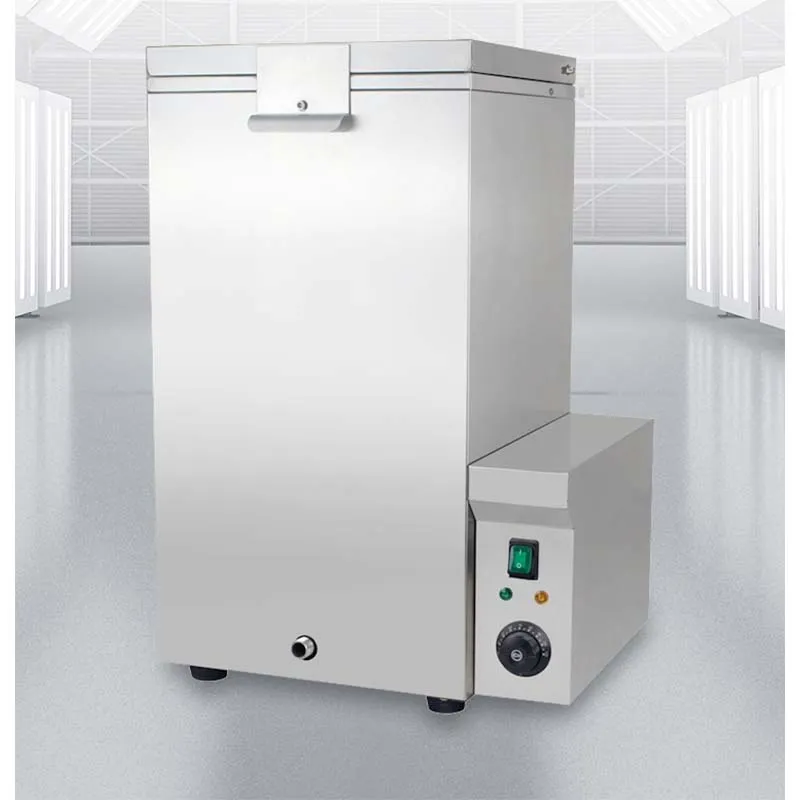frp fan
ធ្នូ . 11, 2024 12:04 Back to list
frp fan
Exploring the World of FRP Fans
Fiber-Reinforced Plastic (FRP) fans have become increasingly significant in various industrial and commercial applications due to their unique properties and capabilities. As industries continue to seek durable and efficient solutions for ventilation and air movement, FRP technology has emerged as a pioneering choice, promising both performance and reliability.
What is FRP?
FRP, or Fiber-Reinforced Plastic, is a composite material made from a polymer matrix reinforced with fibers, usually glass or carbon. The combination of strong fibers and a versatile matrix creates materials that are exceptionally strong yet lightweight, making them ideal for applications where weight is a critical factor. In the context of fans, FRP provides numerous advantages over traditional materials such as metal or wood.
Advantages of FRP Fans
1. Corrosion Resistance One of the primary benefits of FRP fans is their resistance to corrosion. In environments where moisture, chemicals, or saline conditions are prevalent, traditional materials can degrade over time. FRP fans, on the other hand, maintain their structural integrity and performance, leading to lower maintenance costs and longer service life.
2. Lightweight Design The lightweight nature of FRP facilitates easier installation and lower energy costs. When fans are lighter, the load on supporting structures is minimized, reducing the overall structural requirements. Furthermore, lightweight fans are easier to transport and install, making them suitable for various applications across different industries.
3. Thermal Insulation FRP fans exhibit excellent thermal insulation properties. They do not conduct heat as effectively as metal fans, which can help in maintaining optimal temperatures in specific environments. This characteristic is particularly beneficial in industries such as food processing, pharmaceutical manufacturing, and data centers, where temperature control is critical.
frp fan

4. Customizable Design FRP technology allows for a high degree of customization. Manufacturers can tailor the design, size, and performance characteristics of FRP fans to meet specific requirements. Whether it's for high airflow, pressure specifications, or unique shapes, FRP fans can be produced according to individual needs, granting industries more flexibility in their operations.
5. Energy Efficiency Modern FRP fans are engineered to be highly efficient, reducing energy consumption and environmental impact. With advancements in technology, these fans can deliver optimal performance while consuming less power, making them an eco-friendly solution for air movement needs.
Applications of FRP Fans
The versatility of FRP fans allows them to be utilized in numerous sectors. In the chemical industry, their corrosion resistance makes them ideal for exhausting vapors or controlling harmful fumes. In the aquatic industry, FRP fans are used for aeration in aquaculture ponds and wastewater treatment facilities, promoting healthier environments for aquatic life.
Moreover, in the HVAC sector, FRP fans are increasingly used due to their energy efficiency and customizability. Businesses can design ventilation systems that cater to the specific air quality demands of different buildings, from residential homes to large commercial facilities.
Conclusion
As industries evolve and the demand for sustainable practices grows, the role of innovative materials like Fiber-Reinforced Plastic becomes even more critical. FRP fans not only offer superior performance advantages, but they also align with modern sustainability goals, coupling efficiency with environmental responsibility. With ongoing advancements and the increasing adoption of FRP technology, we can expect to see these fans playing a pivotal role in shaping the future of ventilation systems across various sectors. Whether in an industrial plant, a commercial building, or any application requiring reliable air movement, FRP fans are set to become the go-to solution for enhanced performance and longevity.
In summary, the development and implementation of FRP fans represent a significant leap forward in engineering, promising to revolutionize the way we think about airflow management in diverse environments. With their numerous benefits and adaptability, it's clear that FRP fans are more than just a temporary trend; they are a fundamental part of future-focused industrial design.
-
Automatic Feeding Line System-Poultry Farming|Chicken Feeding&Watering
NewsJul.30,2025
-
Automatic Feeding Line System - Anping County Yize Metal Products Co., Ltd.|Pan Feeder Nipple Drinker,Broiler Farming
NewsJul.30,2025
-
Automatic Feeding Line System Pan Feeder Nipple Drinker-Anping County Yize Metal Products Co., Ltd.
NewsJul.30,2025
-
Automatic Feeding Line System-Anping County Yize Metal Products Co., Ltd.|Durable Construction&Easy Maintenance
NewsJul.30,2025
-
Automatic Feeding Line System-Anping County Yize Metal Products Co., Ltd.|Pan Feeder Nipple Drinker&Durable Poultry Farming Solution
NewsJul.30,2025
-
Automatic Feeding Line System Pan Feeder Nipple Drinker|Anping County Yize Metal Products Co., Ltd.
NewsJul.29,2025






